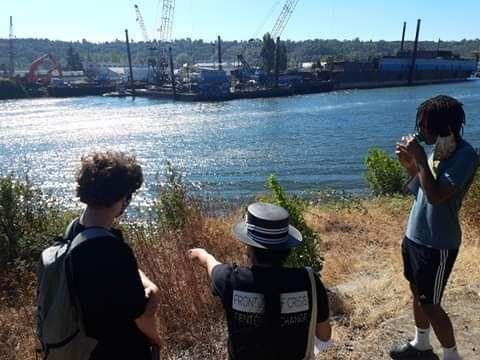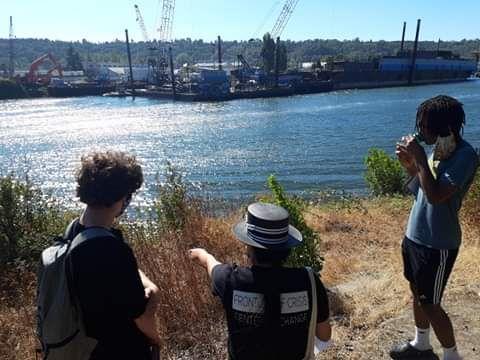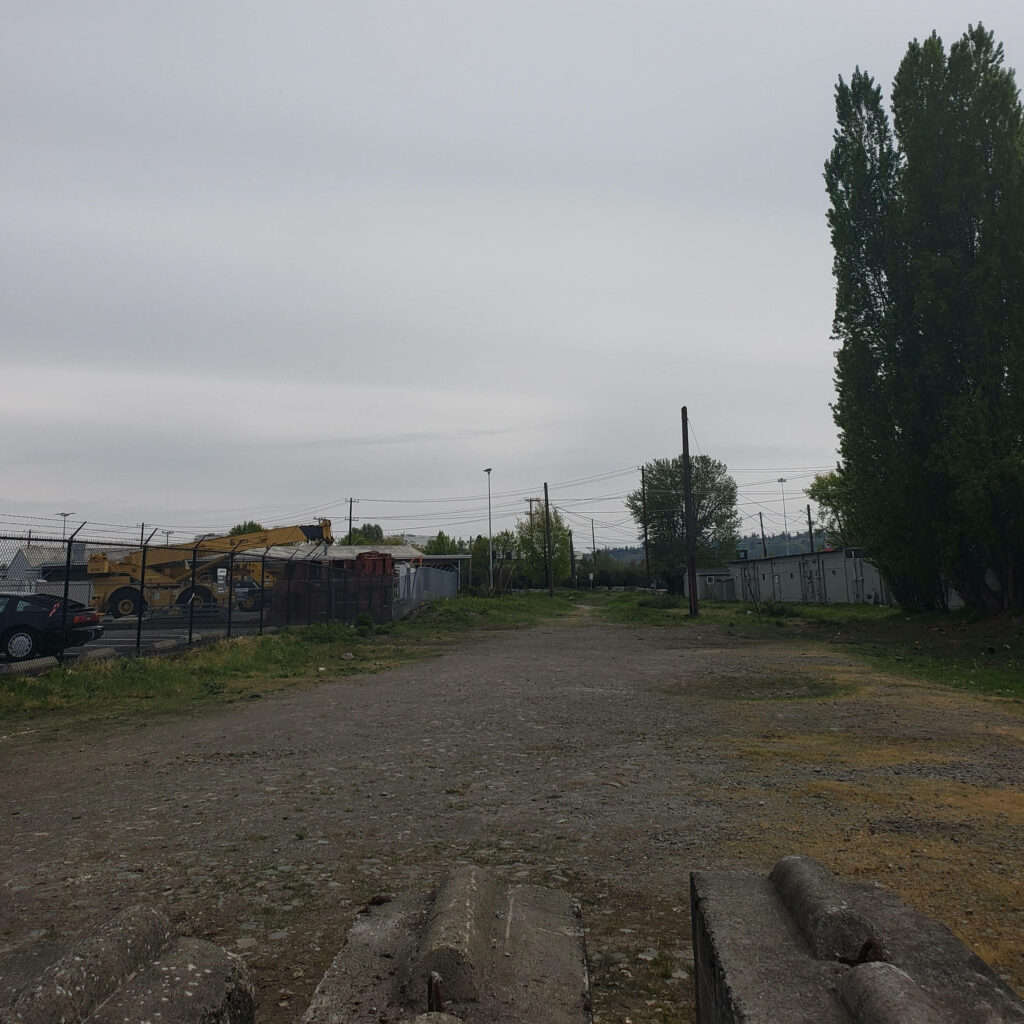
Georgetown, located along the Duwamish River, is Seattle’s oldest community. This eclectic neighborhood is home to artists, brewers, winemakers, home designers, and industry—yet lacks access to green space. So in 2017, the Georgetown Open Space Committee was formed as an informal subcommittee of the Georgetown Community Council. When settlers of European descent formed Georgetown, they logged the area and dredged and straightened the river for industry. “What was a thriving green space and water area shrunk to a very small neighborhood that’s highly polluted,” says Rosario-Maria Medina, former chair of the committee. Today, Georgetown has 30 percent less open space and 70 percent less tree canopy than the citywide average, and industrial pollution led the Duwamish to be declared a Superfund site. “We have a lot of autism, asthma, and respiratory/heart conditions,” Medina says, with residents’ life expectancy 13 years shorter than the county average. In response, the Georgetown Open Space Committee spearheads community engagement and works with the Seattle Parks Foundation to create more green space and to reconnect the community to the Duwamish.

Rosario with the Georgetown Youth Council at Gateway Park North which is the only river access that the community has access to. They have advocated for 40 years and will continue to do so to make this area an official park.
Powered by an all-volunteer team, the Georgetown Open Space Committee obtains grants that help fund activities like stewardship events and restoration cleanups. The committee, currently run by the Georgetown Youth Council, conducts project feasibility studies, engages the community, obtains work permits, and coordinates with government entities on projects like the Georgetown to South Park Trail, the Flume off-leash dog park area and Trail Gateway Park, and the North River Access Project. Residents can currently drive over a bridge and gaze at the river but don’t have direct access to the river for strolling, fishing, or other recreation. As the committee revitalizes the area, Medina says, “[We consider questions like] where would the best locations be to expand on green space, open space, and parks? Where should we not be developing high-rise development? How do we co-exist? How do we have industry work with the community to hire locally and to be better neighbors and not pollute so much?” In newly-created green spaces, there are partnership opportunities for adding public art, historical interpretative elements, and improved pedestrian and bike trails.

This is the site of a future dog park at the Georgetown Flume. This 30,000-square-foot property was once the site of a Seattle City Light flume that transferred water from a pump house along the Duwamish River to a steam plant.